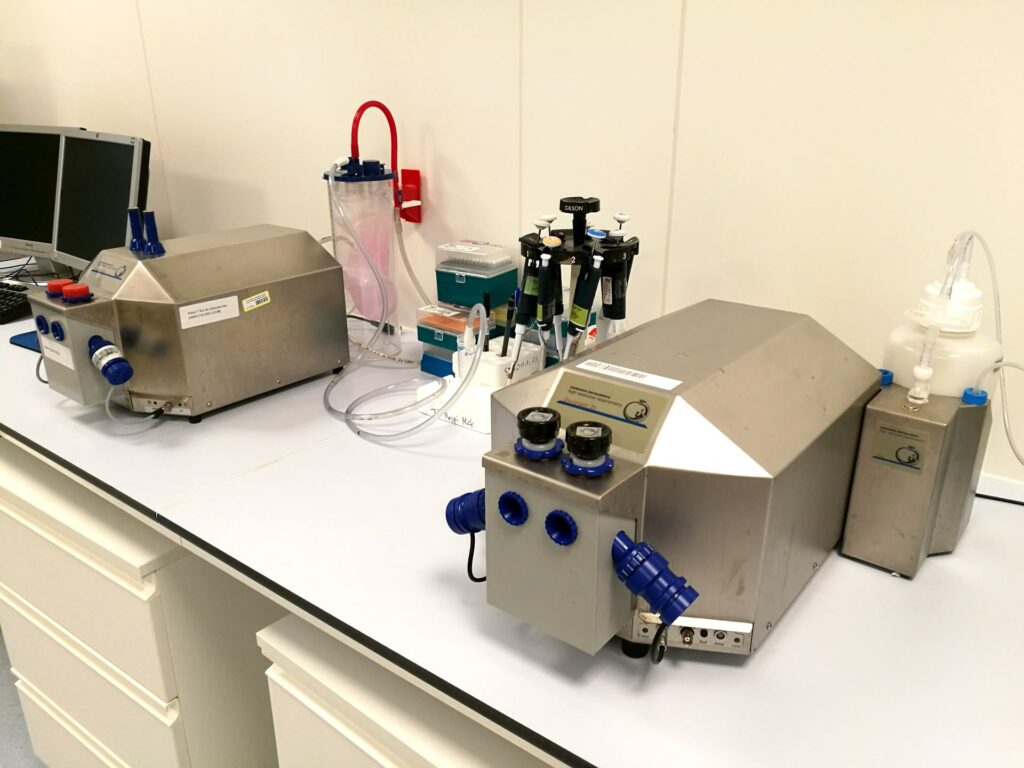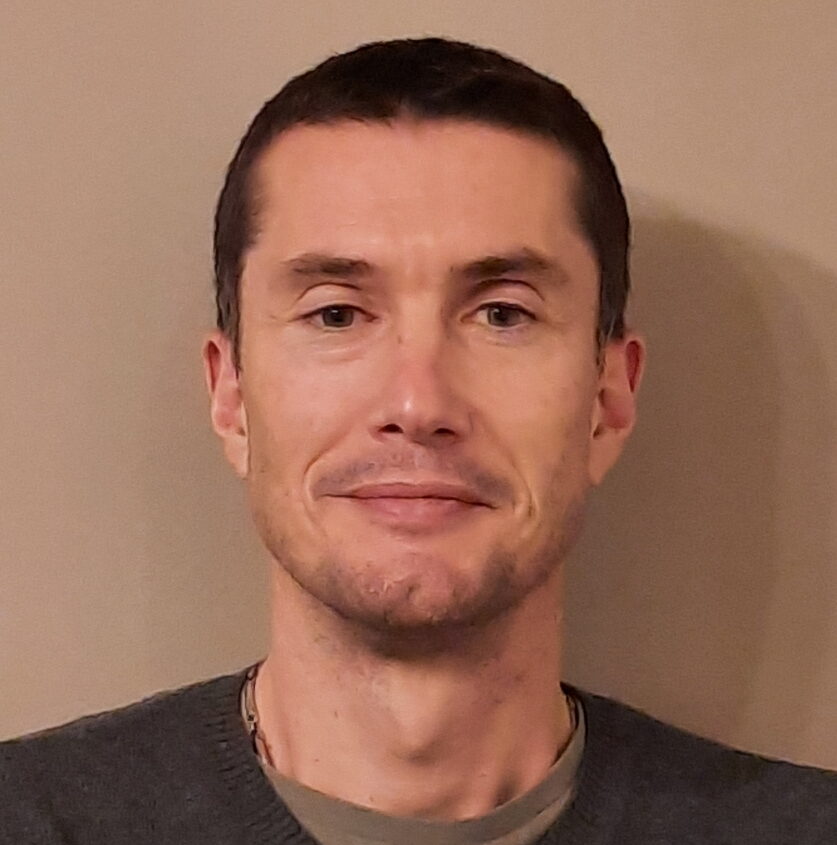This website uses cookies so that we can provide you with the best user experience possible. Cookie information is stored in your browser and performs functions such as recognising you when you return to our website and helping our team to understand which sections of the website you find most interesting and useful.
Fluxomics
In recent years, the study of metabolism has been at the heart of physiology and health issues. The applications are numerous and include the fundamental understanding of physiology and pathologies, the identification of new therapeutic targets and individualized post-therapeutic follow-up. The ability to understand metabolism is therefore a major challenge in the understanding of aging and in the fight against diseases such as cancer.

As part of a joint initiative between RESTORE, CRCT and the MetaToul platform, CERT houses an in vivo fluxomics facility that includes:
- two modules allowing the realization of isotopic tracing experiments (stable isotopes: 13C, 15N, etc) in vivo or in vitro
- the equipment necessary for the collection of samples and the extraction of metabolites
- a culture chamber under controlled oxygen pressure to understand the effect of oxygen partial pressure variations on metabolism
- a respirometry tray to measure oxygen consumption flows
Metabolome, lipidome and isotope labeling analyses are performed on the MetaToul platform, which has an instrumental park (mass spectrometry, NMR) and unique expertise in this field in France. The whole set-up and the associated expertise represent also a unique configuration in France for in-depth studies of metabolic dynamics at different scales (from the cell to the whole organism).
expertise
The study of metabolic flows within an organism (intra or inter-tissue) is a major issue in order to study metabolic deregulations observed during aging or during the development of pathologies such as metabolic diseases or cancer.

in vivo Fluxomics module
It contains the infrastructure and equipment necessary to perform a complete in vivo isotope tracing study on mice:
- Establishment using animals for scientific purposes approved by the DDPP
- Gas anaesthesia tables for the catheterization of mice
- Device for perfusion of 13C-labeled substrates (or other stable isotopes) on vigorous mice (syringe pumps, portals, swivels)
- Tissue collection and preparation, sample preparation for analysis.
A large body of literature demonstrates that metabolism impacts cell fate and orientation. The study of metabolic fluxes at the cellular level is fundamental to better understand the biology of the cell and to predict its loss of function during aging or the development of metabolic diseases or cancer.

in vitro Fluxomic module
This module has the necessary equipment to carry out an in vitro isotope tracing study in its entirety: cell culture under controlled oxygen atmosphere (see culture under controlled oxygen atmosphere), labelling experiments with 13C-labelled metabolites (or other stable isotopes), sampling and extraction of internal (endo-metabolome) or external (exo-metabolome) metabolites:
- Fully oxygen controlled atmosphere chamber (X-Vivo, Biospherix)
- Various equipment for endo- and exo-metabolome extraction
- Quenching system (immediate blocking) of the in vitro metabolism
The mitochondrion is the major site of ATP production within the cell and plays a key role in cellular redox metabolism. Mitochondrial activity can be modified during the development of pathologies such as metabolic diseases, cancer or during aging. This mitochondrial activity can be evaluated by measuring the oxygen consumption with an oxygraph.

Oxygraphs
The Oroboros type oxygraphs present on the CERT platform are very sensitive instruments due to their hermetic tanks and Clark probes. They allow the study of mitochondrial activity on tissues (homogenates, permeabilized), cells and isolated mitochondria using different substrates and drugs. The Oroboros type oxygenographs are not limited in the number of injections per experiment which allows a more precise study of mitochondrial activity:
2 Oroboros oxygraphs
2 independent tanks per oxygenograph
CONTACT
Métabolisme, adipocytes, métabolomique, fluxomique, traçage isotopique in vitro/in vivo, culture cellulaire en hypoxie, activité mitochondriale

The platform engineer evaluates the user's request and proposes the most suitable solution for his needs. He :
- provides advice in the development of experiments,
- trains the users,
- assists users in the analysis and interpretation of their results,
- assists users in the implementation of research and development projects, in the form of collaboration.

